P2P Video Server & Client
Many people are familiar with peer-to-peer (p2p). The p2p concept is one of the oldest in the world. Everything that happens without the participation of a third party (or with its minimal participation) is a peer-to-peer interaction. Every day, people come across this approach: buying products in a store, paperwork without a broker, renting a car directly is all a peer-to-peer interaction. The p2p approach is very beneficial from an economic point of view.
Streaming audio and video services are currently gaining popularity. The rapid growth of the Internet has led to a situation where servers are having difficulty handling the load. The same situation is in the streaming video industry – people want to save resources. In this situation p2p also helps. Not all modern systems require a video server, in some systems it is redundant. Moreover, today it is possible to combine the video server and the client. If the system is designed without central node (for example, a video server), it becomes possible to create a completely decentralized network. A decentralized network is more scalable and is cheaper to maintain. There is no need for server maintenance, and a minimal server and client are already built into each network node. In other words, each network node is a p2p video server and client.
Alfacast uses peer-to-peer technology in the most efficient way. There are systems in which a third party (server) is directly involved in the user discovery process or something else. Our system does not use intermediate servers, it is decentralized solution. We designed our system in order to minimize the influence of a third party on alfacast. There is no need to install expensive servers in order to transmit content in our p2p network.
To download alfacast app please visit Downloads page.
